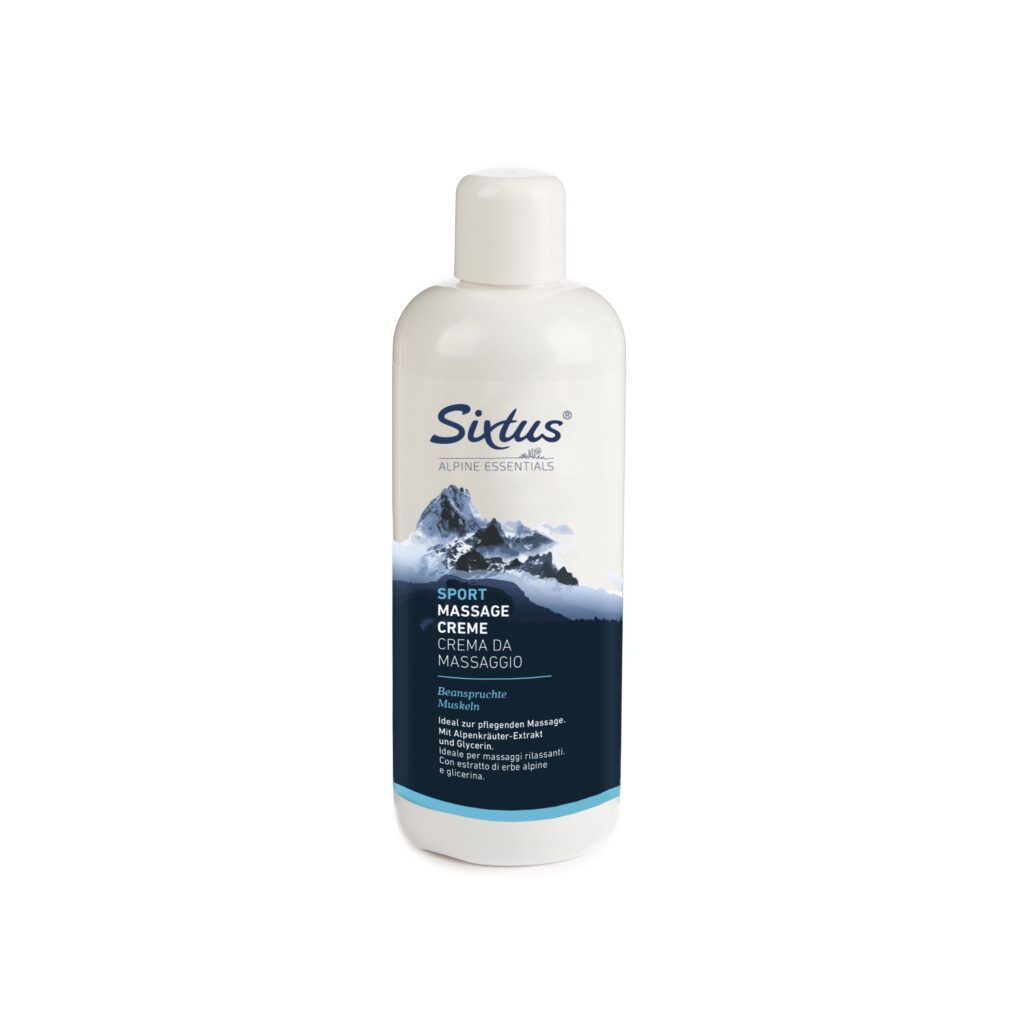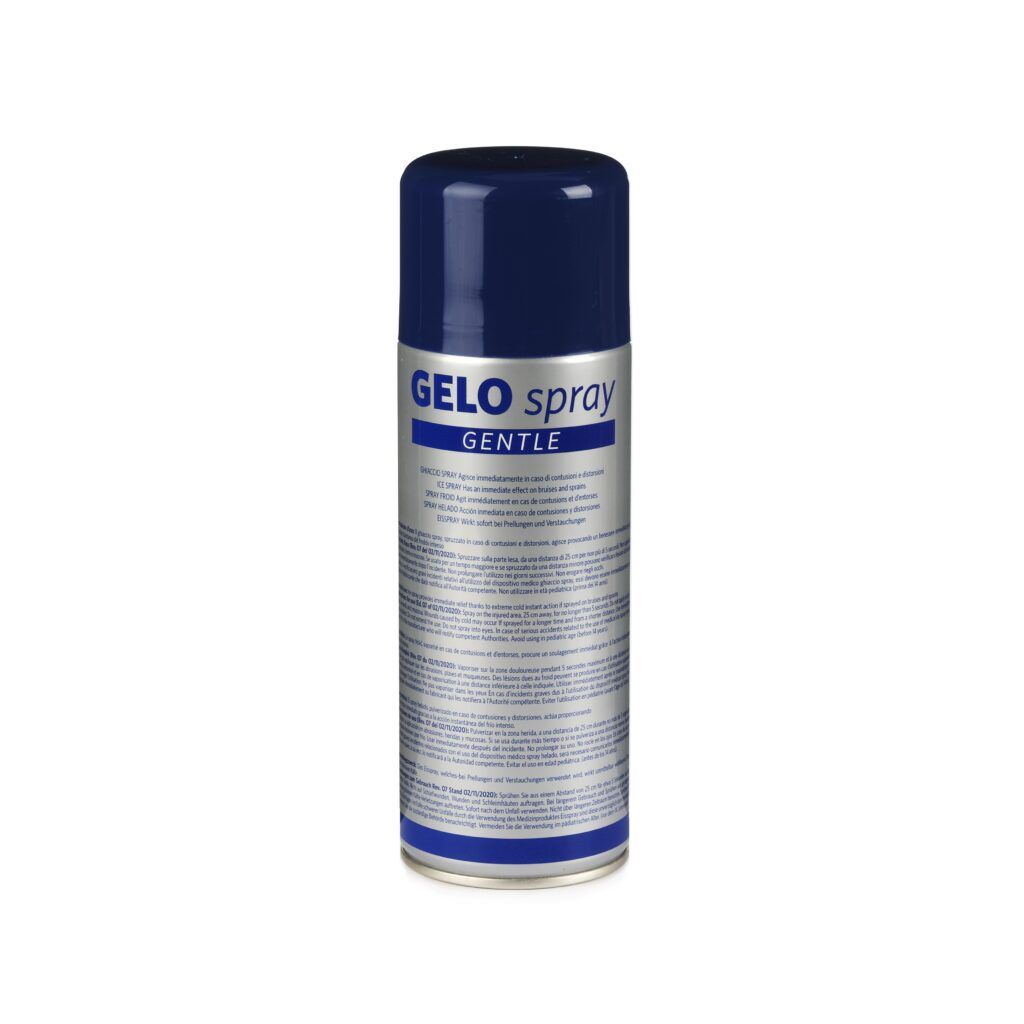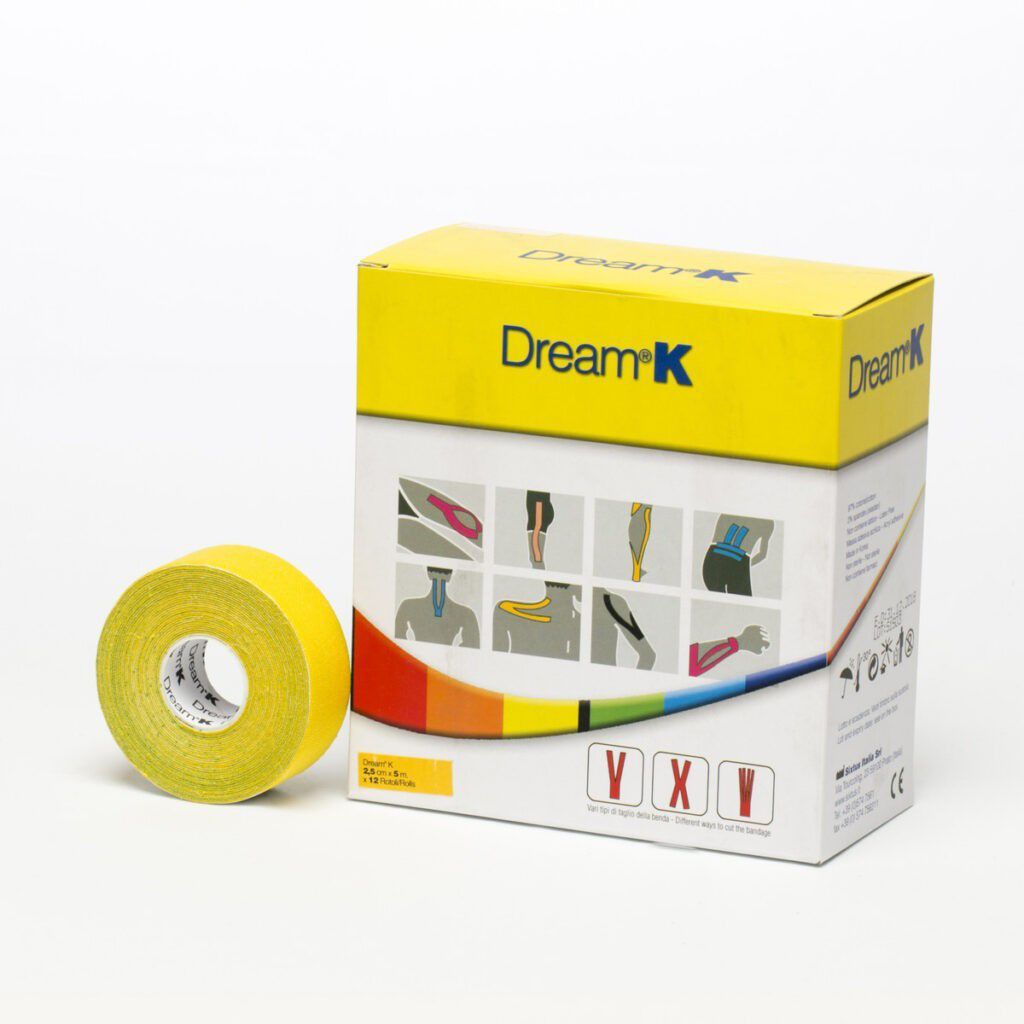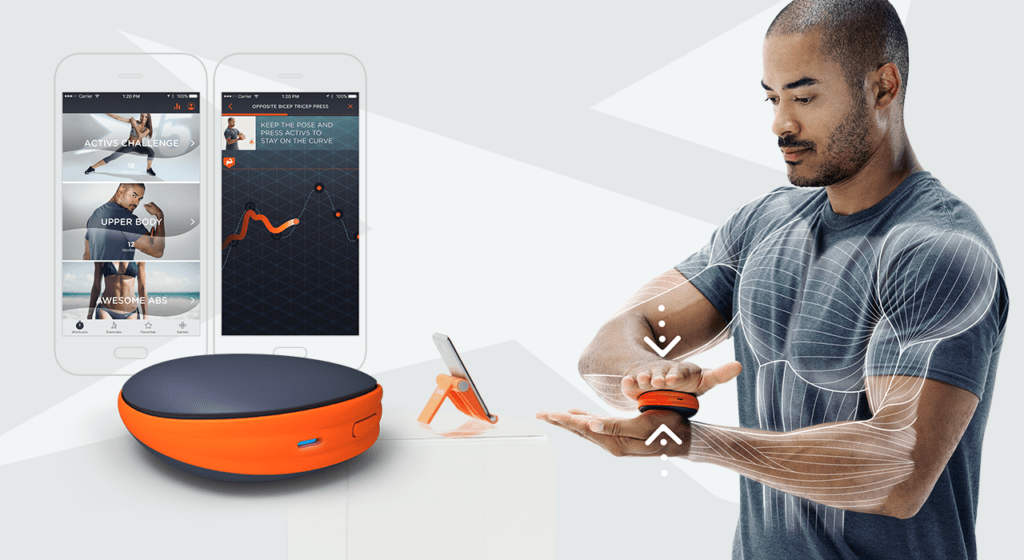Gentle Gymnastics for Seniors: Exercises to Improve Balance and Well-Being
Why is it important for seniors to do gentle gymnastics exercises?
As we age, maintaining a good quality of life becomes essential, and movement is a key part of it. Gentle gymnastics for seniors is a safe, simple, and beneficial form of physical activity that helps improve balance and strengthen muscles. With slow, controlled, and low-impact movements for joints and muscles, it is ideal for improving flexibility and strength without overly tiring the body. Perfect for those who want to stay active in a safe way, gentle gymnastics reduces the risk of falls, promotes tissue regeneration, and, with medical approval, can also be practiced by people with osteoarticular or cardiovascular limitations.
Main Benefits of Gentle Gymnastics for Seniors
Gentle gymnastics is a complete and safe activity for older adults, with positive effects on both body and mind. The most evident benefits include:
-
Improves balance and coordination, reducing the risk of falls and injuries while promoting greater stability in everyday movements;
-
Stimulates blood circulation and improves breathing, leading to better cardiovascular and lung function;
-
Strengthens muscles, particularly legs, back, and abdomen, without straining the joints;
-
Slows down sarcopenia and improves walking ability (gait);
-
Helps maintain independence in daily movements;
-
Reduces stress, anxiety, and depressive symptoms: physical activity releases endorphins that enhance mood. Moreover, the ability to remain independent in movements and daily activities positively impacts emotional well-being and mental health.
Finally, practices such as Tai Chi and gentle yoga can also stimulate cognitive and communication functions, making these activities valuable allies for seniors’ independence and overall well-being.
Gentle Gymnastics Exercises for Seniors
According to the WHO, after the age of 65, it is advisable to engage in gentle physical activity 2–3 times a week, in addition to moderate aerobic activity (such as walking). It is recommended to consult a doctor before starting and to increase exercises and walks gradually, in order to evaluate one’s limits.
Here are some exercises that can be done at the gym with a personal trainer and then independently at home:
Warm-up
-
Marching in place (standing or seated), keeping the back straight.
-
Ankle circles to activate joint mobility and core muscles.
Strength and Core Exercises
-
Supine bridge: lying on your back with bent legs, lift the pelvis 5–10 cm while keeping the back straight, then slowly release.
-
Chair rises: sit down and stand up without using your hands, repeat 10–15 times.
-
Semi-squats: bend the knees slightly as if to sit, then rise again, holding the position for a few seconds. Repeat 5 times.
Breathing and Relaxation Exercises
-
Deep inhalations followed by slow exhalations to improve breath control and relax both body and mind.
Complementary Therapies
In addition to gentle gymnastics, some therapies can further improve joint and muscle health:
-
Magnetotherapy: indicated for chronic pain caused by osteoarthritis, osteoporosis, or microfractures. It uses low-frequency magnetic fields to stimulate tissues, promoting healing and reducing inflammation.
-
Massage therapy: using massage balls, spiky rings, rollers, and other accessories can help relax muscles and reduce tension, improving both physical and mental well-being.
Balance Exercises for Seniors
The decline in balance is closely linked to aging and is one of the main causes of falls. Balance—regulated by the sensory, muscular, and nervous systems—deteriorates with age, affecting quality of life. Incorporating balance exercises into the weekly routine is essential to counteract postural instability and increase movement safety. This helps maintain greater independence, reduces the fear of falling, and limits the social isolation often associated with it. Greater stability also improves posture, strengthens the body, and boosts mood.
Recommended static and dynamic balance exercises include:
-
Knee lifts: standing with support, lift one knee toward the chest alternately, repeat 5 times per side.
-
Single-leg stand: holding onto a chair, lift one leg and maintain balance for 10 seconds, repeat 3–5 times per side. To increase difficulty, close your eyes or cross your arms over your chest.
-
Tandem walk (heel-to-toe walk): step one foot in front of the other along an imaginary line for 1–2 minutes. Optionally, rise onto your toes and hold the position as long as possible.
Gentle Gymnastics for Seniors: Exercises at a Glance
| Exercise | Description | Benefits |
|---|---|---|
| Marching in place | Perform standing or seated, back straight, walking in place | Improves blood circulation and muscle strengthening |
| Ankle circles | Rotate each ankle clockwise and counterclockwise | Activates joint mobility and core |
| Supine bridge | From lying down, lift pelvis and contract glutes | Strengthens lower back and glutes |
| Chair rises | Sit and stand without using hands | Strengthens thighs and supports mobility |
| Semi-squats | Slightly bend knees as if to sit, hold, then rise again | Improves strength, stability, and balance |
| Knee lifts | Standing, lift one leg at a time, holding onto a chair | Enhances leg strength and balance |
| Single-leg stand | Hold onto a chair, lift one leg for 10 seconds | Boosts coordination and balance |
| Heel-to-toe walk | Walk in a straight line placing heel to toe | Improves stability and postural control |
Final Thoughts
Gentle gymnastics for seniors is a valuable resource for physical, mental, and emotional well-being, safe and accessible to all. It does not require special equipment or excessive effort and can significantly improve balance, strength, mobility, and, more generally, quality of life.
Even a few minutes a day, practiced consistently and mindfully, can generate concrete and lasting benefits over time. This routine helps preserve independence, counteract aging, and build greater self-confidence while also reducing anxiety and feelings of isolation.






